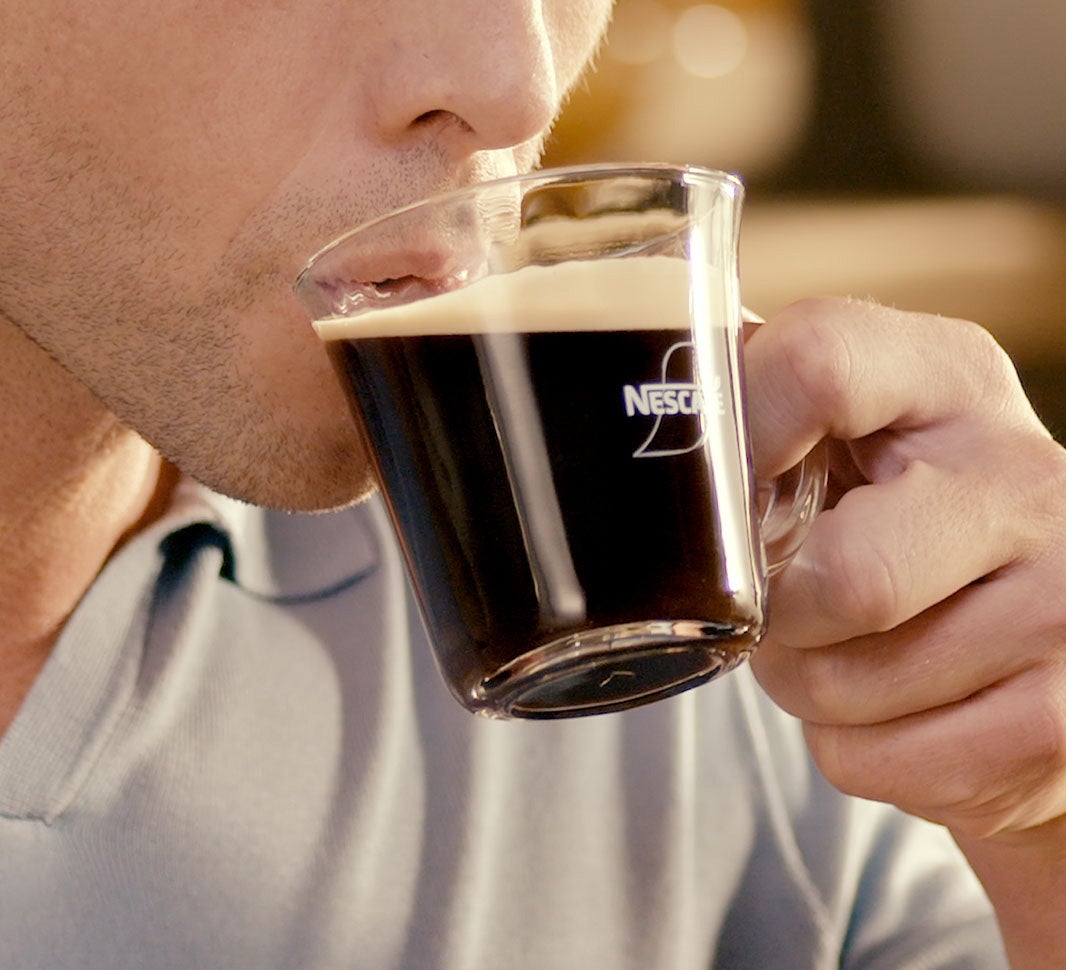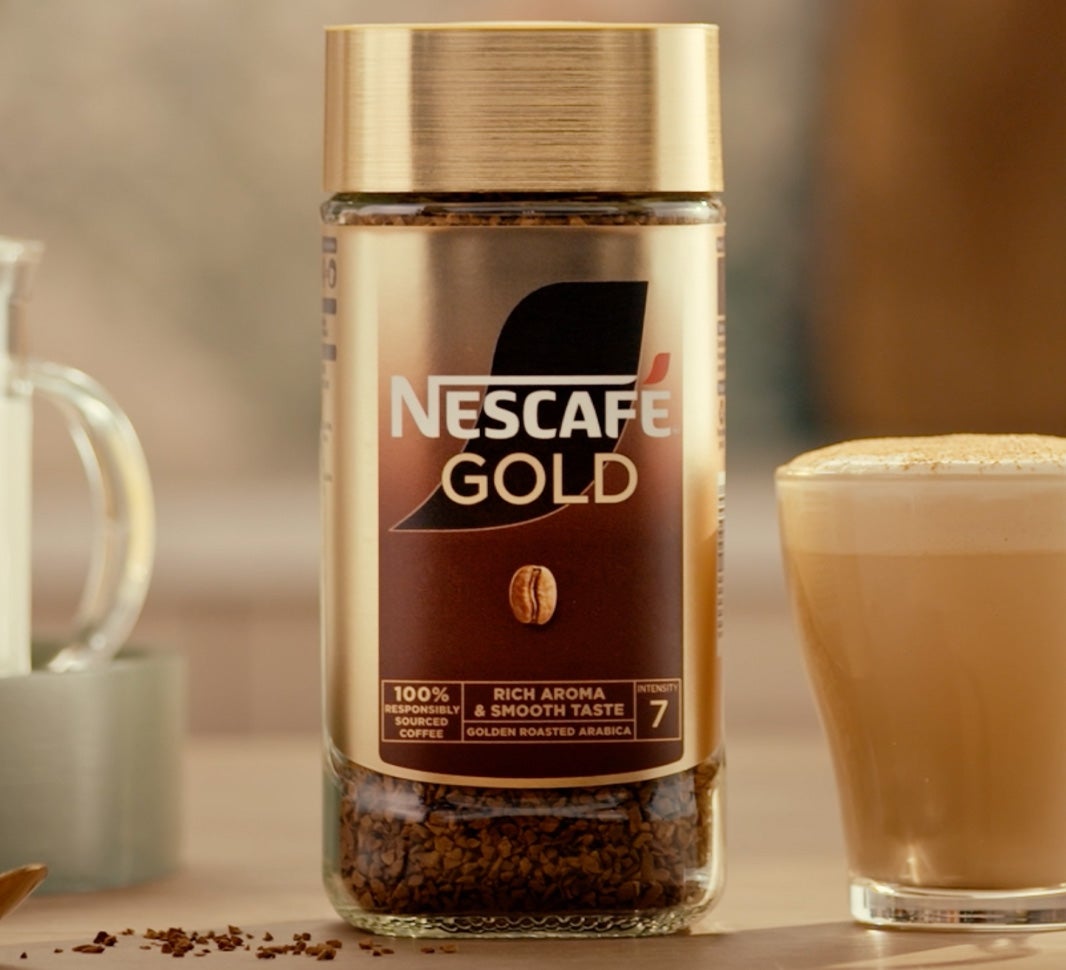search-autocomplete
toaster-signin
What is a flat white?
The flat white is known and loved for its smooth, velvety texture. This delicate and creamy choice is typically made up of a double shot of espresso topped with foamed milk. You get the foaming just right by patiently and gently steaming the milk to a velvety consistency and that’s what actually sets the flat white apart.
Another key characteristic of a flat white is its unmistakably balanced ratio of espresso to milk.

What is an americano?
An americano is a popular coffee beverage that’s basic but delicious. Consisting simply of espresso and hot water – giving it a distinctively bold flavour – the ratio of espresso to water can vary. However, in most instances, it’ll either be served 1/2 and 1/2 or 1/3 espresso to 2/3 water.
Another unique characteristic of an americano is its strength. It has a distinctly robust taste, very similar to black coffee but with a definite espresso kick.

Here’s how to make a flat white at home!
It’s easy! A flat white, can be made with NESCAFÉ® GOLD soluble coffee, a little hot water and some milk.
This is what you will need:
• 2 tsps of NESCAFÉ® GOLD
• 70ml – 80ml of hot water
• 300ml milk
• Sugar or sweetener (optional)
Step-by-step prep guide:
• Mix the NESCAFÉ® GOLD with the hot water until dissolved.

Here’s how to make an americano at home!
An americano – which is sometimes called a Long Black – is essentially an espresso with hot water added to it. Here’s how you can make one at home in just a few seconds.
You’ll need:
• 2 tsps of NESCAFÉ® GOLD
• 200ml of hot water
• Sugar or sweetener (optional)
Step-by-step prep guide:
• Put 1 or 2 tsps of NESCAFÉ® GOLD into a full sized mug. (Go for 2 spoons if you want a stronger brew).

Why choose NESCAFÉ® for your next coffee?
Whether you enjoy the rich, robust flavour of a flat white or the smooth, intense taste of an Americano, every sip of NESCAFÉ® coffee is something special.
It begins with the quality of our coffee beans, that give every cup its consistent flavour and aroma. Then there’s our wide range, like smooth NESCAFÉ® GOLD and the trusted NESCAFÉ® Blend 43. From soluble to pod coffees, like Nescafe® FARMERS ORIGINS and Nescafe® Dolce Gusto, we understand that coffee likes and dislikes vary and that’s why we offer a broad selection of formats and flavours for you to explore and enjoy.

Today’s community favourites




